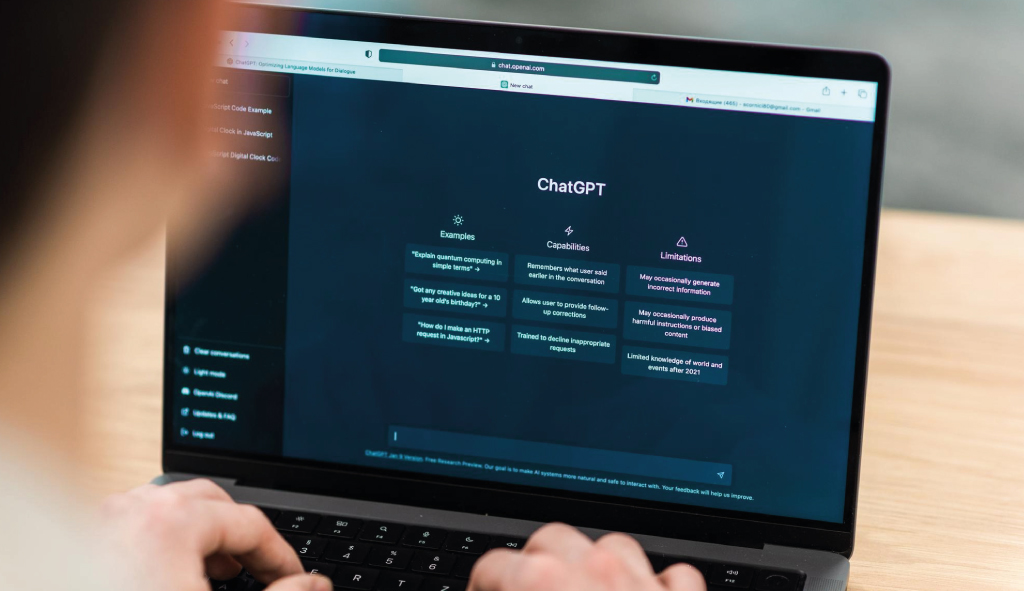Technology touches virtually every area of our lives, including how we learn. Which is why it’s no surprise that Technology Enhanced Learning (TEL) is rising in popularity. In short, TEL applies technology to the process of teaching and learning. Many students find that TEL helps them learn information more quickly, understand it better, and retain that information for longer.
To better understand what TEL is and what its benefits are for students, keep reading.
What is Technology Enhanced Learning?

TEL is used to enhance the learning experience and how educators teach. Educators can turn to both analog and digital technologies to help their students learn more efficiently and effectively. Any technology that improves how someone learns can be considered TEL.
So, what does TEL look like exactly? Today, TEL can be found in the form of ebooks, video content, audiobooks, smartphone apps, computers, tablets, and video games. Virtual classrooms that make it possible to learn in group settings from the comfort of home are also an example of education opportunities that TEL can improve upon, as are e-learning courses.
The Benefits of Technology Enhanced Learning
Due to the pandemic shutting down schools and workplaces, TEL made a great impact on how many of us learned in the past few years. Thanks to TEL, it became possible to continue elementary, high school, college, and graduate-level education from home. Workplaces also embraced TEL to host employee trainings and many found that virtual trainings were both time and cost-effective.
TEL can be combined with more traditional learning techniques to meet a student’s needs. Other benefits include:

- Versatility. TEL can accommodate accessibility features to appeal to different audiences by allowing users to alter font sizes or to listen to the audio content in lieu of reading written content.
- Localization. It’s possible to localize TEL resources in a language that the user is most comfortable with.
- Flexibility. TEL gives students the option to learn where and when is best for them.
- Engaging. Many children find TEL style learning to be more engaging — this is especially true when gamification techniques come into play. Millennials who grew up with technology can also find TEL such as e-learning courses to be more engaging than attending an in-person lecture or reading a training manual.
- Customizable. Students have the ability to learn at their own pace when learning via TEL instead of a physical classroom environment.
- Less limiting. A textbook has a limit on how much information it can hold. Teachers now have the ability to get more creative and can turn to resources like video, audio, and interactive learning to help their students learn.
The Takeaway
Technology can be extremely beneficial in regard to providing quality learning experiences that adapt to each learner’s unique needs (whether those needs are related to a specific subject matter, a disability, or a preferred language for learning). Shying away from technology can do both teachers and students a disservice and it’s more than likely that TEL is here to stay.


















































